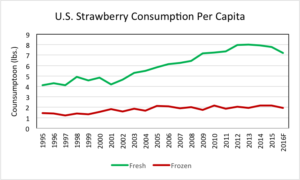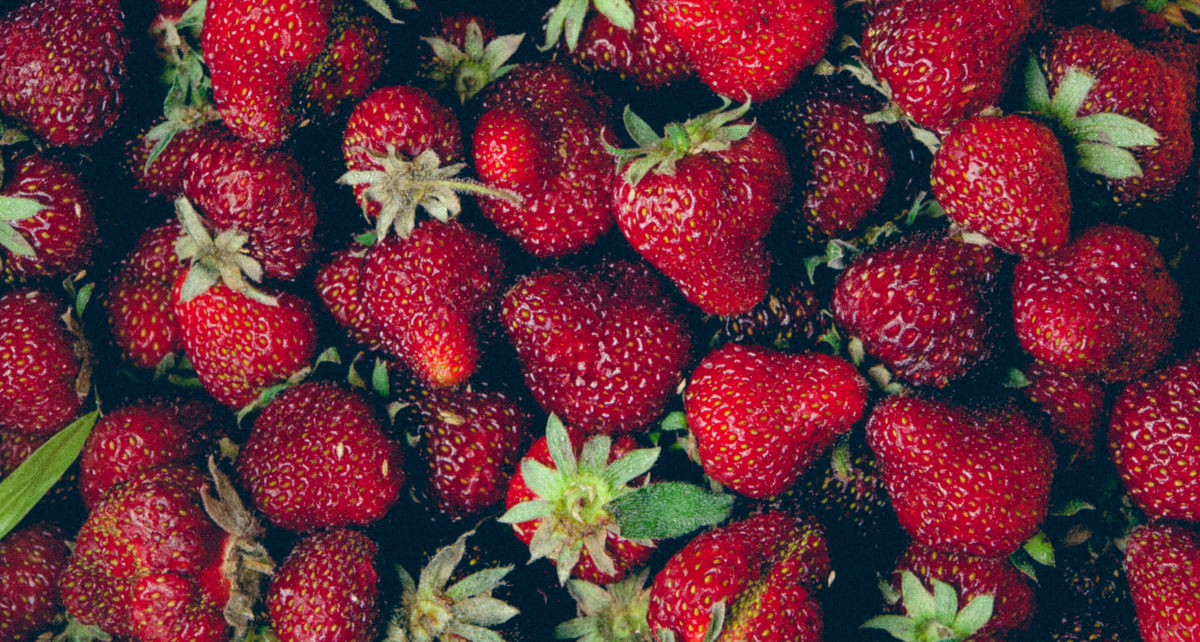August 11, 2016
Gladstone Land Corp. has made a $1.7 million acquisition of 70 acres of Florida farmland, farmed primarily for strawberries. Just east of Tampa, the property is located in Hillsboro County, where approximately 15 percent of the nation’s strawberry crop is produced.
The purchase agreement includes a five-year lease agreement with a leading global berry producer as the tenant. “We like being real estate partners with top-tier farmers, and we seek to buy farms that grow fresh fruits and vegetables that are healthy for people to eat,” said David Gladstone, president and CEO of Gladstone Land.
The recent acquisition now brings Gladstone’s portfolio up to 49 farms across the United States.
“We have built our farmland portfolio based on the idea that the produce and nuts sections of grocery stores are good places to base our business,” continued Gladstone, “because consumption of fresh fruits and vegetables and nuts has been growing at a stronger pace than other areas of the food sector, and we believe that trend towards healthier foods will continue.”
Gladstone Land is a real estate investment trust (REIT) traded on the NYSE (“LAND”). Earlier this summer, Gladstone acquired a 400 acre Florida plot for the farming of bell peppers and green beans. Earlier this year, it acquired a 450 acre pistachio orchard in California, along with an organic potato farm in Colorado.
California and Florida are the U.S.’s top strawberry producing states, with California producing the vast majority of the country’s entire strawberry crop. However, Florida produces the majority of the nation’s winter strawberry crop. In December-January, retail strawberry prices can reach a 50 percent premium over yearly low prices seen during the summer months.
In the last twenty years, due to increased consumer health awareness and product availability, per capita consumption of fresh strawberries in the U.S. has nearly doubled, while demand for frozen strawberries has remained relatively flat. While the majority of strawberries consumed in the U.S. are grown domestically, the U.S. has tripled its strawberry imports in the last ten years, and switched to a net importer in 2014. Despite increasing demand, per capita consumption fell slightly in 2015, and is projected to fall more sharply in 2016. This is due in part to slightly elevated prices due to a tightening in supply as California reduces its acreage by 15 percent year-on-year. Long-term fundamentals still remain strong.

Source: United States Department of Agriculture (USDA)
—
Eric Francucci

Let GAI News inform your engagement in the agriculture sector.
GAI News provides crucial and timely news and insight to help you stay ahead of critical agricultural trends through free delivery of two weekly newsletters, Ag Investing Weekly and AgTech Intel.




